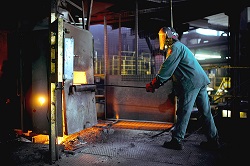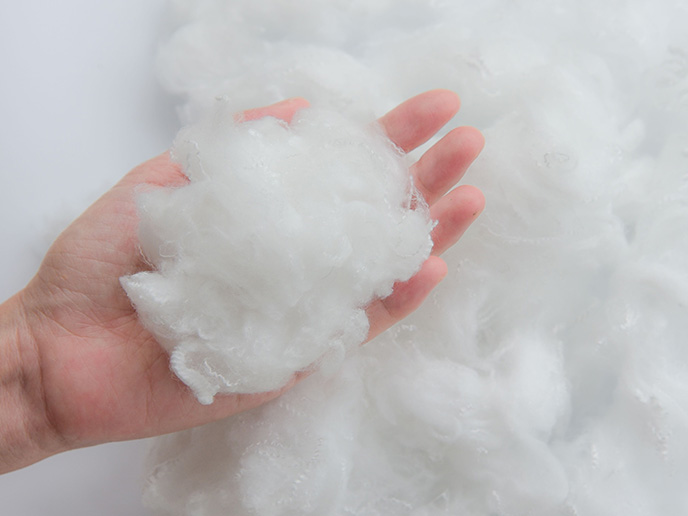Resource and energy-efficient manufacturing
The EU-funded REEMAIN project combined cutting edge knowledge with experience gained from production processes to develop and demonstrate a methodology for increasing the efficient use of energy and materials in factories. The goal was to optimise production through the seamless integration of renewable energy systems and the recovery of wasted energy. Project partners used an integrated approach based on professional energy simulation software tools, energy and resource planning standards, and renewable energy and storage technologies. ‘Incorporation of renewable energy resources in the factory environment, taking into account innovative technologies to reduce overall energy demand will lead the drive towards net zero carbon factories,’ says project coordinator Anibal Reñones. Integrating renewable energy technology A life cycle approach was used to measure improved environmental performance in demonstrator factories. The team created decision-making tools, enabling factory managers to select the best strategies for reducing the use of energy and materials, minimising environmental impacts and making informed decisions about where to invest financial resources. The consortium conducted 15 specific factory demonstration activities at a biscuit producing company, a textile manufacturer, and a foundry, respectively. These activities were based on waste heat recovery, production-product-process optimisation and the integration of renewables. Renewable energy research into solar thermal concentration resulted in improvements in performance and maintainability of the parabolic solar collectors. Electricity battery storage research led to the development of an industrial lithium battery system prototype for use in factory electricity networks. Better energy and resource management Results from the biscuit factory demonstrator showed that new baking ovens equipped with heat recovery mechanisms could provide important natural gas savings. In addition, cool outside air can help save an enormous amount of electricity normally used for water-cooling. ‘Although airside free-cooling is a well-known technology for buildings, their use in a manufacturing environment is challenging as temperature limits are very strict and may affect the final product, therefore appropriate control of this energy technology is vital,’ explains Reñones. Researchers also tested the impact of organic raw materials on textile production processes and the use of carbonic acid instead of sulfuric acid for wastewater treatment. According to Reñones: ‘The key result was achieving higher levels of sustainability and reduction of the environmental footprint, without compromising quality and energy spent.’ The foundry demonstrator showed the technical feasibility of recovering heat from the cupola furnace, a major challenge. Furthermore, high variations of temperature and the harsh environment created by the exhaust fumes puts a lot of pressure on heat exchanger materials. Great control is needed to recover as much waste heat as possible. The pouring stage was optimised by incorporating a new innovative Plasmapour technology, with the demonstrator being the second foundry in the world where this new specific system has been installed. Everyone can benefit REEMAIN can benefit virtually any industry, claims Reñones. ‘The results of the demonstration activities regarding efficiency measures should inspire others to save energy, resources and money,’ he says. ‘Our results show how it is possible to invest time and money to analyse the manufacturing processes, to conduct an energy and resources study and finally to provide and implement replacements or modifications that reduce the consumption of energy and materials. This is what we call the REEMAIN methodology.’
Keywords
REEMAIN, manufacturing, renewable energy, waste energy, sustainability







